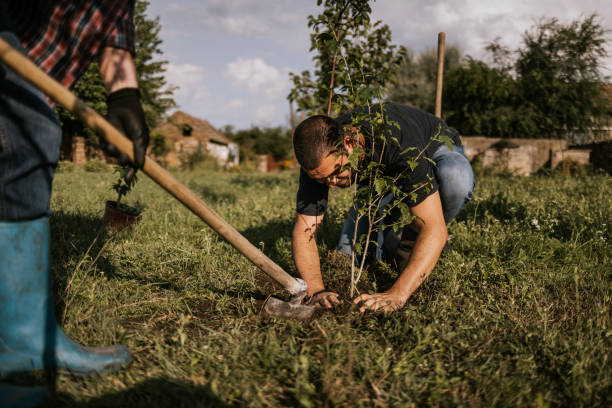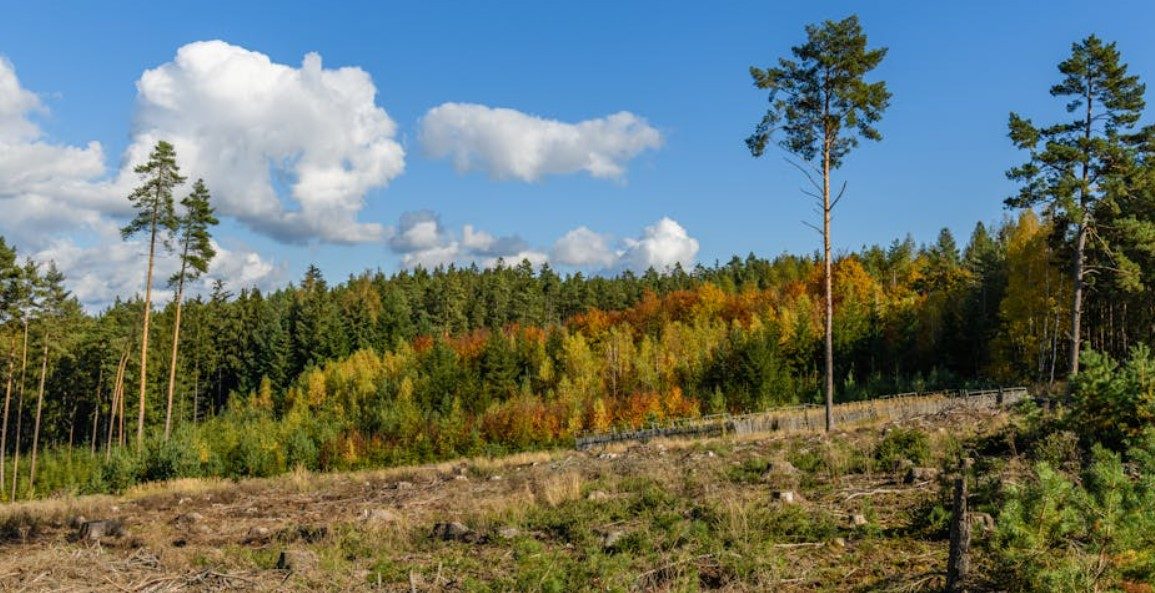To combat climate change and meet the Paris Agreement’s target of limiting global warming to 1.5 degrees Celsius above pre-industrial levels, a study led by scientists from LMU highlights the significant role of afforestation and reforestation (AR).
Researchers Yiannis Moustakis and Julia Pongratz have revealed through advanced simulations that AR can effectively reduce peak and end-of-century temperatures, helping to curb the duration of time that global temperatures exceed the critical threshold.
Currently, AR is the most widely utilized method for carbon dioxide removal, with the international community pledging to restore up to 490 million hectares of land by 2060.
Moustakis notes that this figure may rise as more countries outline their long-term environmental strategies.

To understand AR’s potential impacts, the team analyzed over 1,200 scenarios using Integrated Assessment Models (IAMs), which connect climate policy with future energy and land use pathways.
Their findings forecast a bold AR target of 595 million hectares by 2060, potentially increasing to 935 million hectares by 2100.
The researchers emphasized that this ambitious goal is informed by global pledges and is designed to balance ecological and economic factors while minimizing adverse effects on biodiversity.
The simulations revealed that implementing substantial AR measures could lower the global peak temperature by 0.08°C and reduce end-of-century temperatures by 0.2°C compared to scenarios without AR.
Notably, these measures could shorten the period during which global temperatures exceed 1.5 degrees Celsius by 13 years.
While AR presents promising benefits, Moustakis cautions that it is not a universal solution.
The implementation of AR must be approached with care to avoid exacerbating socioeconomic issues, ensuring that local communities are not negatively impacted.

